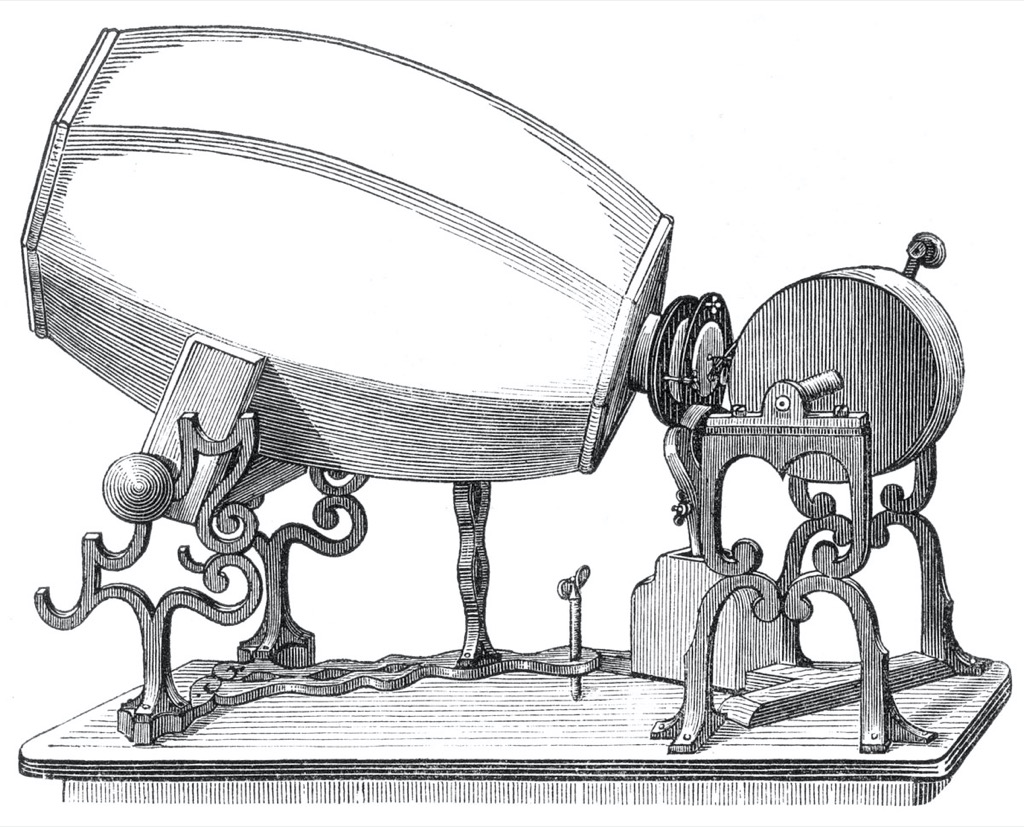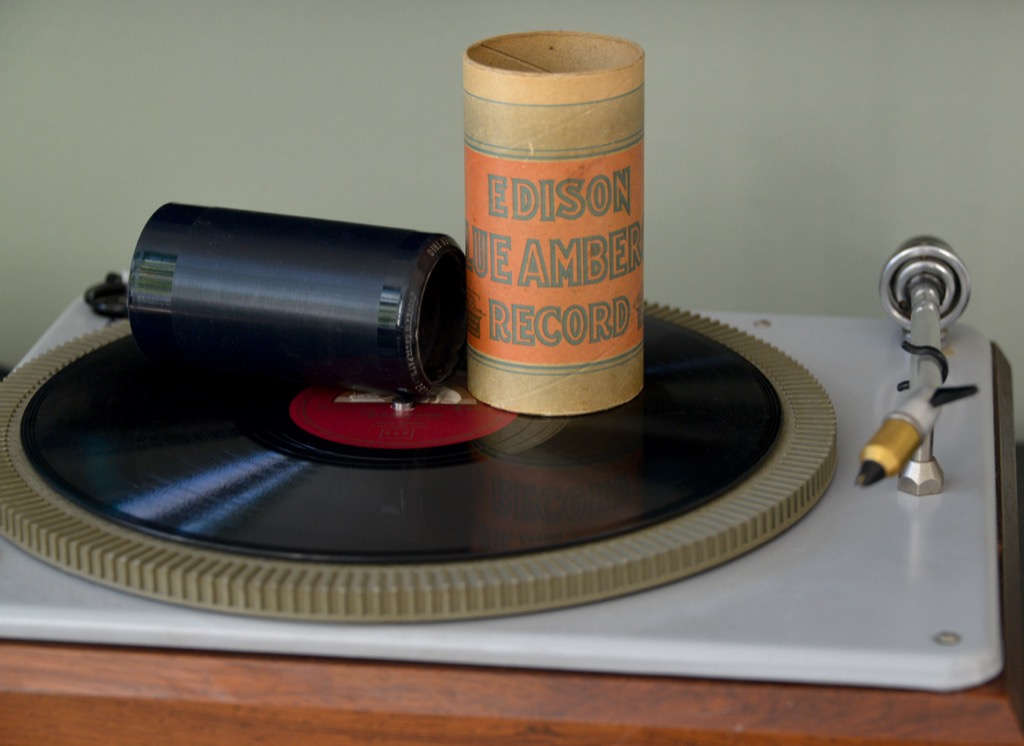Lately, a large part of my day job has been involved with the Beogram 4000c project at Bang & Olufsen. This turned out to be pretty fun, because, as I’ve been telling people, I’m old enough that many of my textbooks have chapters about vinyl and phonographs, but I’m young enough that I didn’t have to read them, since vinyl was a dying technology in the 1990’s.
So, one I the things I’ve had to do lately is to go back and learn all the stuff I didn’t have to do 25 years ago. In the process, I’ve wound up gathering lots of information that might be of interest to someone else, so I figured I’d collect it here in a multi-part series on phonographs.
A warning: this will not be a tome on why vinyl is better than digital or why digital is better than vinyl. I’m not here to start any arguments or rail against anyone’s religious beliefs. If you don’t like some of the stuff I say here, put your complaints in your own website.
Also, if you’ve downloaded the Technical Sound Guide for the Beogram 4000c, then you’ll recognise a large portions of these postings as auto-plagiarism. Consider the TGS as a condensed version of this series.
A very short history
In 1856, Édouard-Léon Scott de Martinville invented a device based on the basic anatomy of the human ear. It consisted of a wooden funnel ending at a flexible membrane to emulate the ear canal and eardrum. Connected to the membrane was a pig bristle that moved with it, scratching a thin line into soot on a piece of paper wrapped around a rotating cylinder. He called this new invention a “phonautograph” or “self-writer of sound”.

This device was conceived to record sounds in the air without any intention of playing them back, so it can be considered to be the precursor to the modern oscilloscope. (It should be said that some “recordings” made on a phonoautograph were finally played in 2008. See www.firstsounds.org for more information.) However, in the late 1870’s, Charles Cros realised that if the lines drawn by the phonoautograph were photo-engraved onto the surface of a metal cylinder, then it could be used to vibrate a needle placed in the resulting groove. Unfortunately, rather than actually build such a device, he only wrote about the idea in a document that was filed at the Académie des Sciences and sealed. Within 6 months of this, in 1877, Thomas Edison asked his assistant, John Kruesi, to build a device that could not only record sound (as an indentation in tin foil on a cylinder) but reproduce it, if only a few times before the groove became smoothed. (see “Reproduction of Sound in High-fidelity and Stereo Phonographs” (1962) by Edgar Villchur)
It was ten years later, in 1887, that the German-American inventor Emil Berliner was awarded a patent for a sound recording and reproducing system that was based on a groove in a rotating disc (rather than Edison’s cylinder); the original version of the system that we know of today as the “Long Playing” or “LP” Record.

Early phonographs or “gramophones” were purely mechanical devices. The disc (or cylinder) was rotated by a spring-driven clockwork mechanism and the needle or stylus rested in the passing groove. The vibrations of the needle were transmitted to a flexible membrane that was situated at the narrow end of a horn that amplified the resulting sound to audible levels.
Magnets and Coils
In 1820, more than 30 years before de Martinville’s invention, the Danish physicist and chemist, Hans Christian Ørsted announced the first link made between electricity and magnetism: he had discovered that a compass needle would change direction when placed near a wire that was carrying an electrical current. Nowadays, it is well-known that this link is bi-directional. When current is sent through a wire, a magnetic field is generated around it. However, it is also true that moving a wire through a magnetic field will generate current that is proportional to its velocity.
Forward to Part 2: Physics